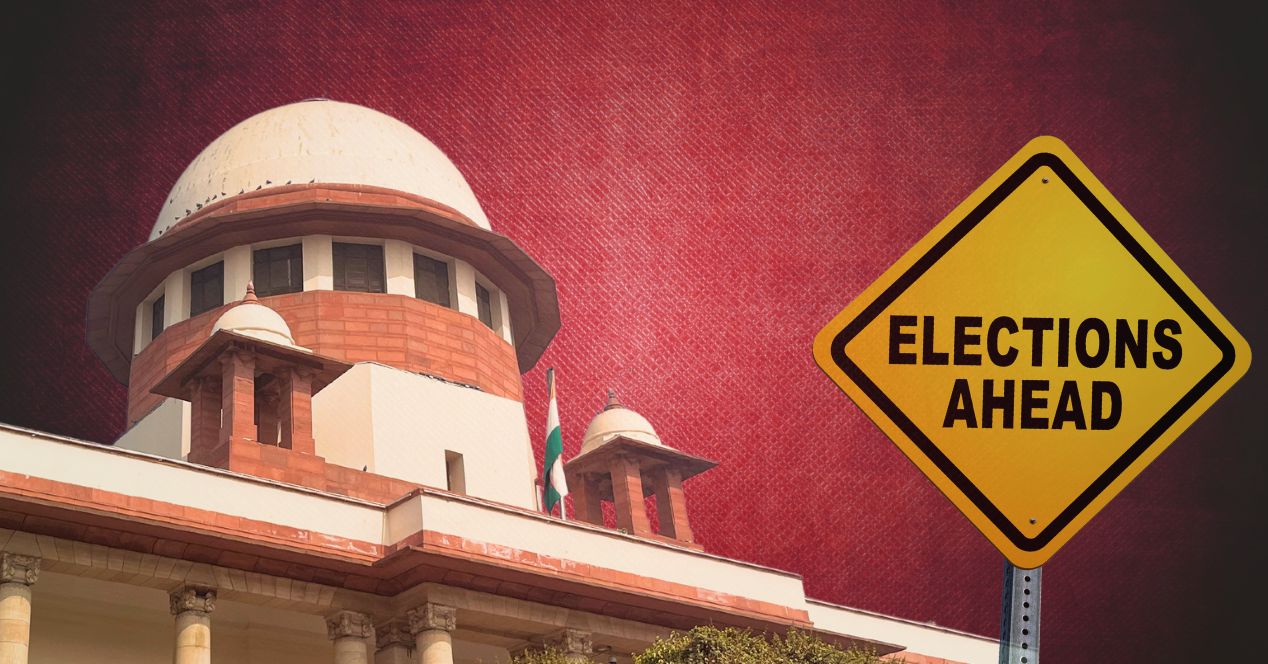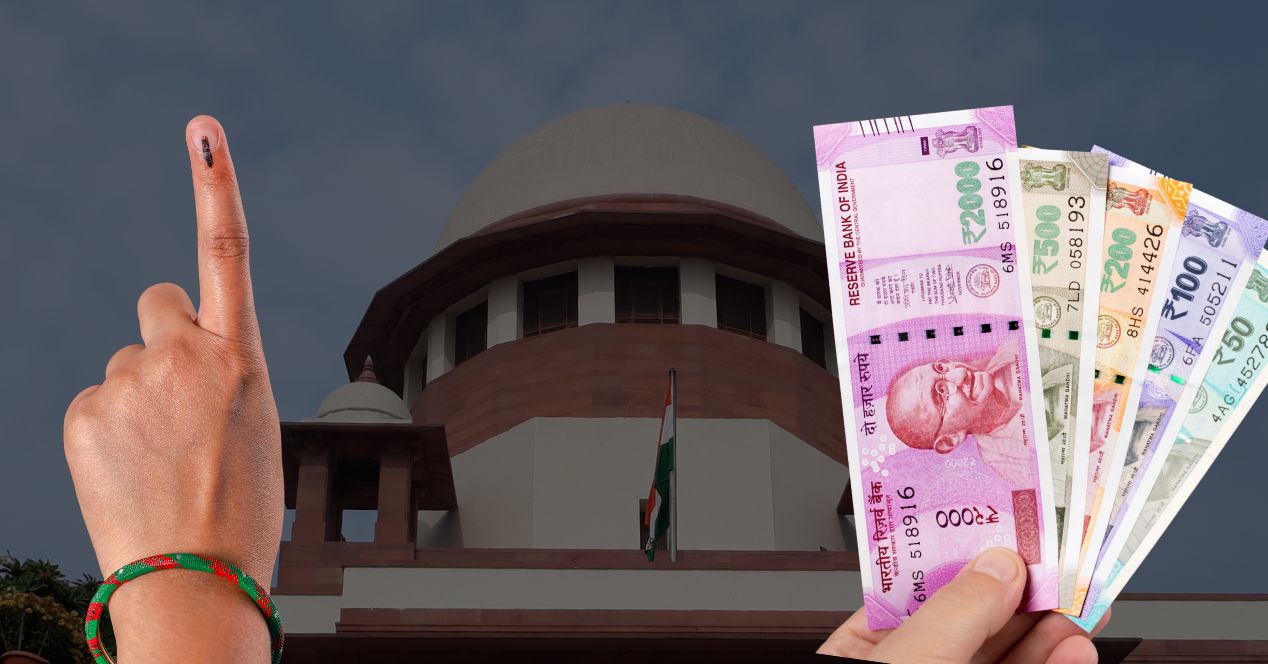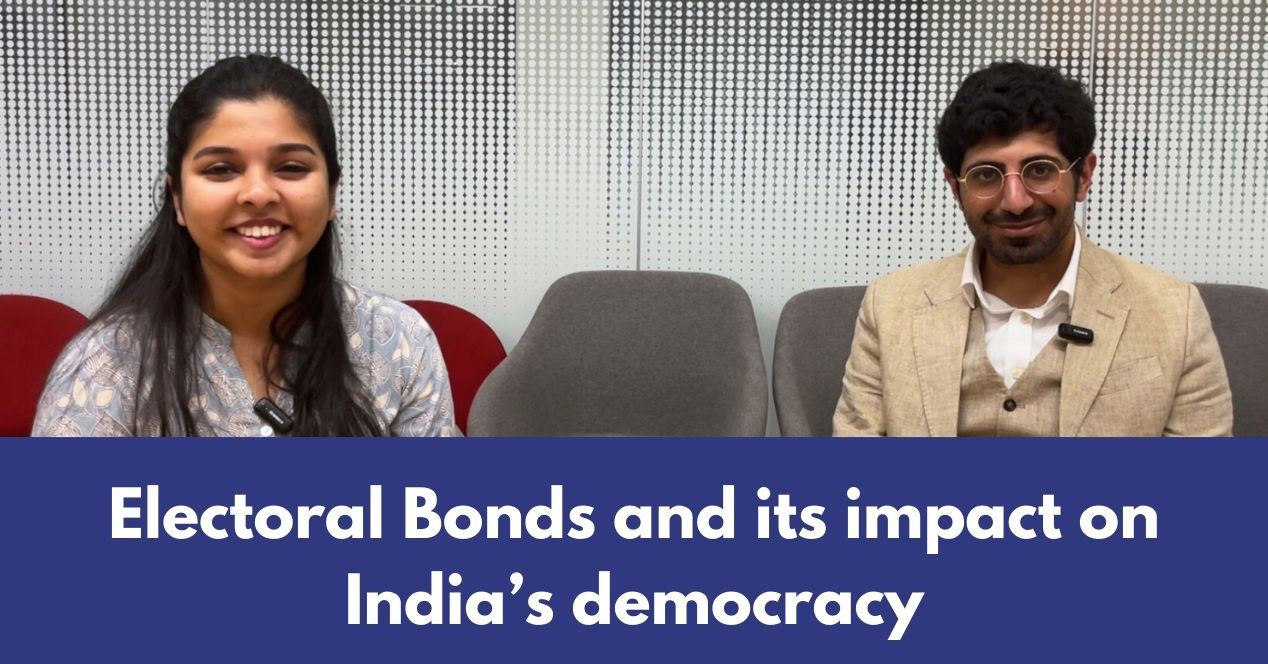Analysis
Proportionality: Tried and Tested
In ruling that the Electoral Bond Scheme is invalid, the Court applied the double proportionality test to balance between fundamental rights

Earlier this week, the Supreme Court ruled that the Union Government’s 2018 Electoral Bond Scheme is unconstitutional. The Scheme facilitated anonymous and unlimited corporate donations to political parties, which over five years amounted to over ₹16,000 crores.
The Court struck down the amendments introduced by the Finance Act, 2017 to the Representation of the People Act, 1951, Income Tax Act, 1961 and Companies Act, 2013. These amendments together made way for the 2018 Electoral Bonds Scheme. The Court also directed all donor and donee information (collected from 2019) to be made public within a month.
In the 232-page judgement, a five-judge Constitution Bench found that information on sources of political funding is “essential for a voter to exercise their freedom to vote in an effective manner.”The Court also held that the donor’s right to privacy ended when the voter’s right to information began.
This apparent conflict of two rights that have been read into the fundamental rights—information under Article 19 and privacy under Article 21—is what made this case compelling. The Court viewed the two rights as equal, which meant that one could not be compromised for the other; balance was critical.
First, the Court ran the respondents’ argument about the Scheme being a tool to curb black money against the proportionality test. This test requires that the measure taken to restrict a fundamental right (a) has a legitimate goal, (b) is a suitable means of reaching that goal, (c) creates the least amount of restriction possible on the fundamental right, and (d) does not have “a disproportionate impact on the right holder. Curbing black money, the Court held, did not fall into any of the categories that justify a reasonable restriction under Article 19(2).
The Court then set aside the argument that non-disclosure of information was the “suitable means” of ensuring clean funding. It noted that mechanisms such as electronic transfers and electoral trusts offer less restrictive alternatives. The conclusion was that the Scheme failed on three of four prongs of the proportionality test.
Next, the Bench looked into the question of balancing the voter’s right to information with the donor’s right to privacy. In a previous newsletter, we’d written about how this was really the central question in the case. Here’s where things get interesting: the Court found that the proportionality test was “insufficient” in its original form. The test assessed a restrictive measure against a right but how would one fundamental right be weighed against another?
To do this, the Court said, one must first evaluate if there is “a hierarchy between the two rights in conflict.” If yes, the right with the “higher status will prevail.” If not, the suitability-least restriction-balance conditions need to be checked against both the rights in question. The Court called this the “double proportionality test”.
In the case at hand, protecting donor privacy meant that the voter would “never” know where the funding came from. Additionally, less restrictive mechanisms existed to protect the donor’s privacy without stifling the voter’s access to information. The Representation of the People Act, 1951 and the Income Tax Act, 1961 require the recording and disclosure of donations above ₹20,000. This meant that the donor’s privacy would be protected up to the “threshold” where the right to information of political contribution outweighs privacy considerations. The rationale was that contributions below ₹20,000 are likely not to influence decisions and endanger the democratic process. The failure of the Scheme to satisfy these two prongs rendered it necessary for the Court to go into the ‘balance’ condition.
The Court had first relied on the four-pronged proportionality test in 2016 in Modern Dental College & Research Centre v State of Madhya Pradesh. In the privacy (2017) and Aadhaar (2018) cases, the test was further recognised as a tool to assess whether a restriction on a fundamental right was justified.
Now, with its decision in the electoral bonds case, the Court has unlocked a new door in the jurisprudence on proportionality. This perspective could potentially provide a roadmap to navigate hard cases, including the Sabarimala Review, where a nine-judge Bench may have to find a balance between the right to personal liberty and equality, and the right to religion.
This article was first featured in SCO’s Weekly newsletter. Sign up now!




